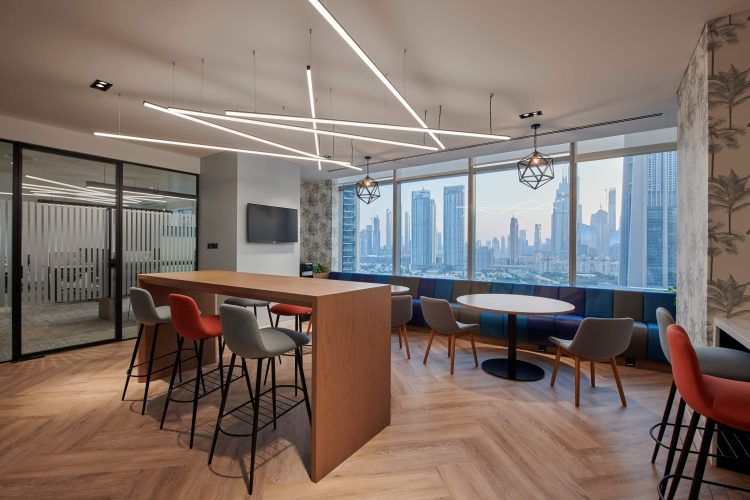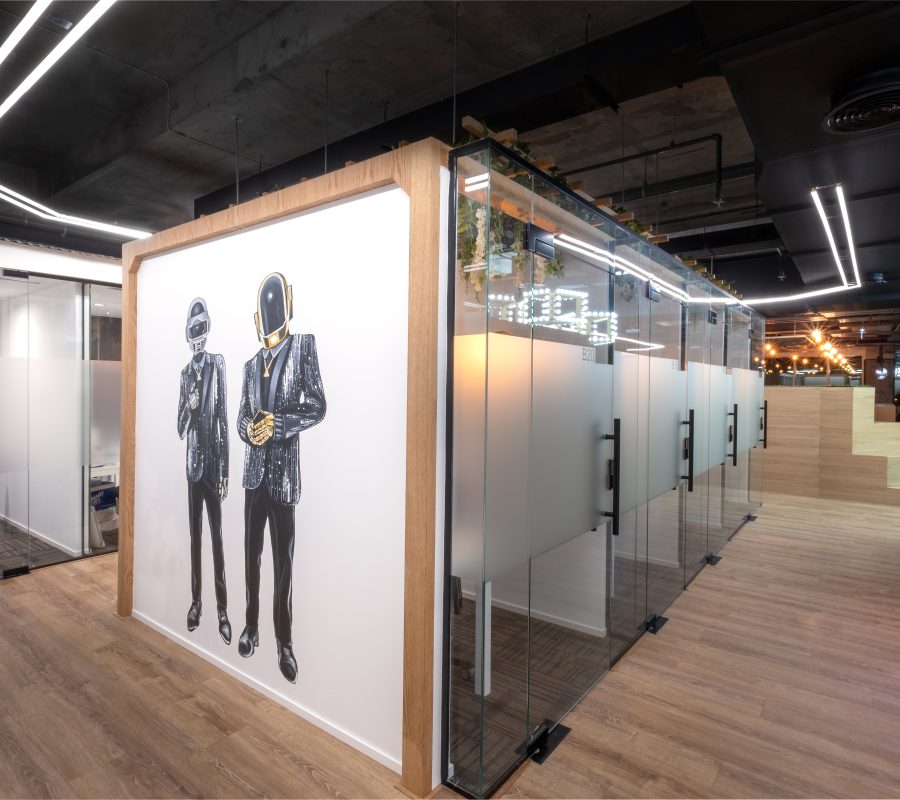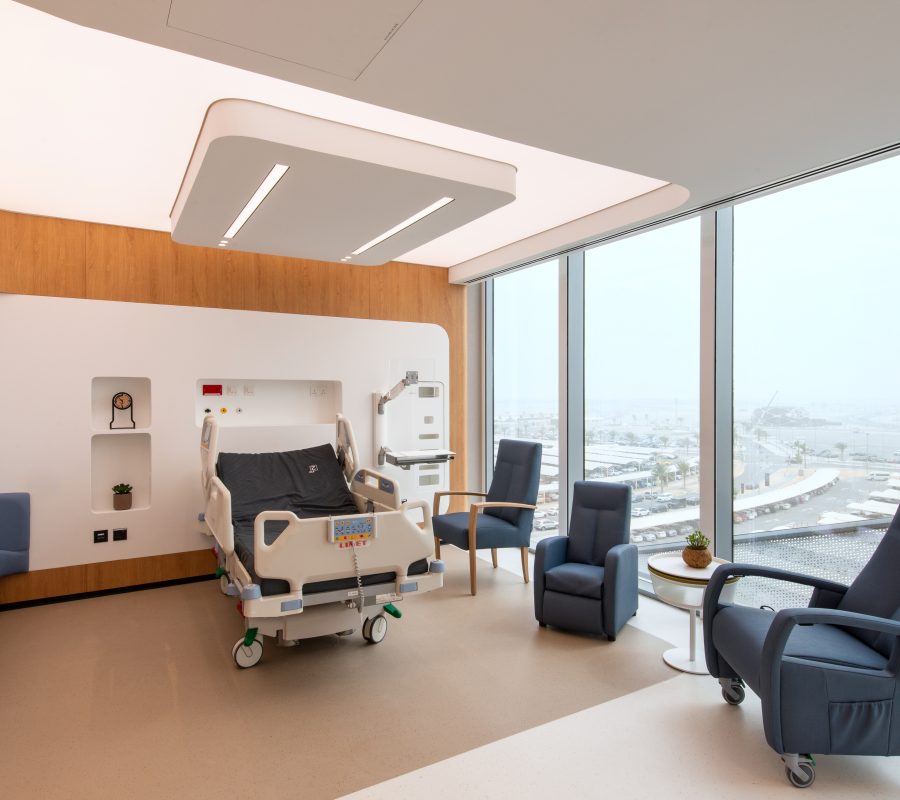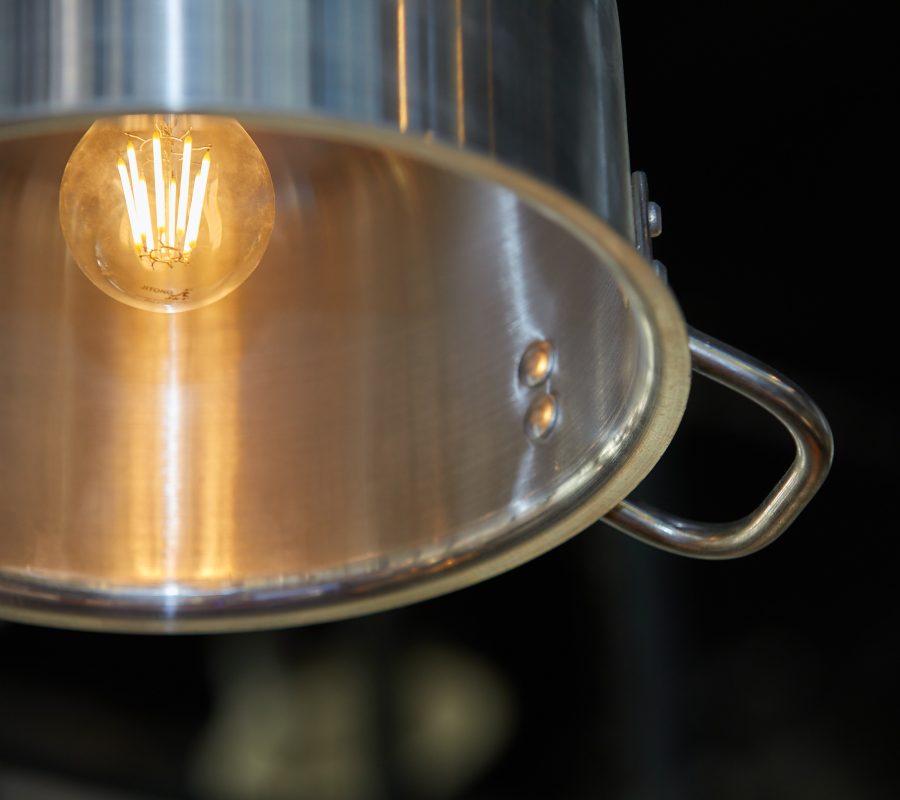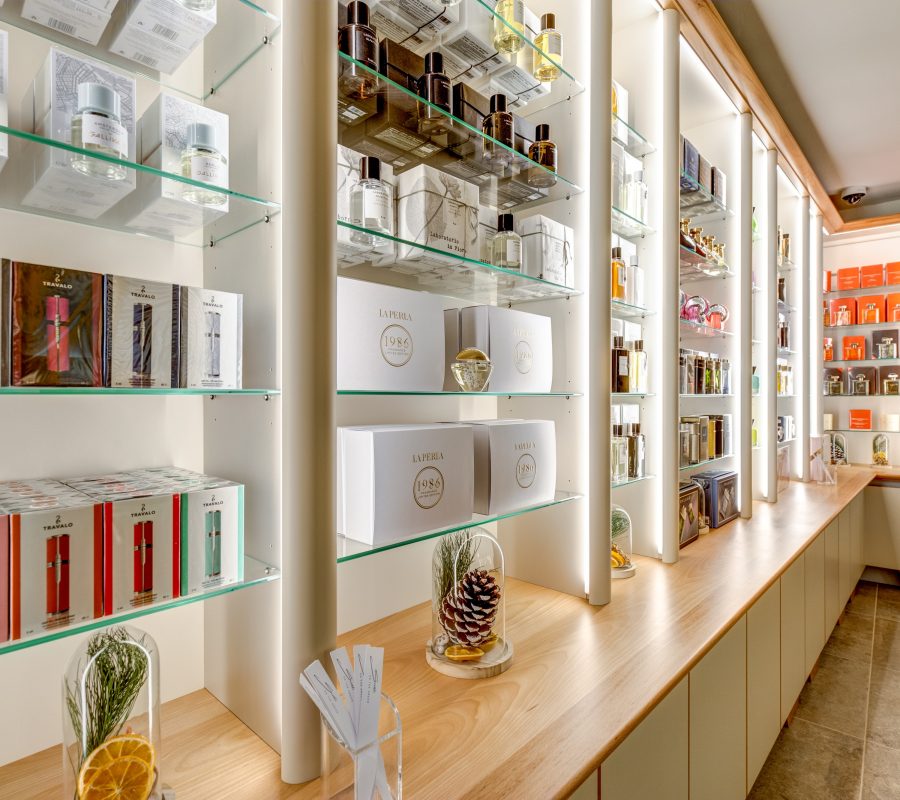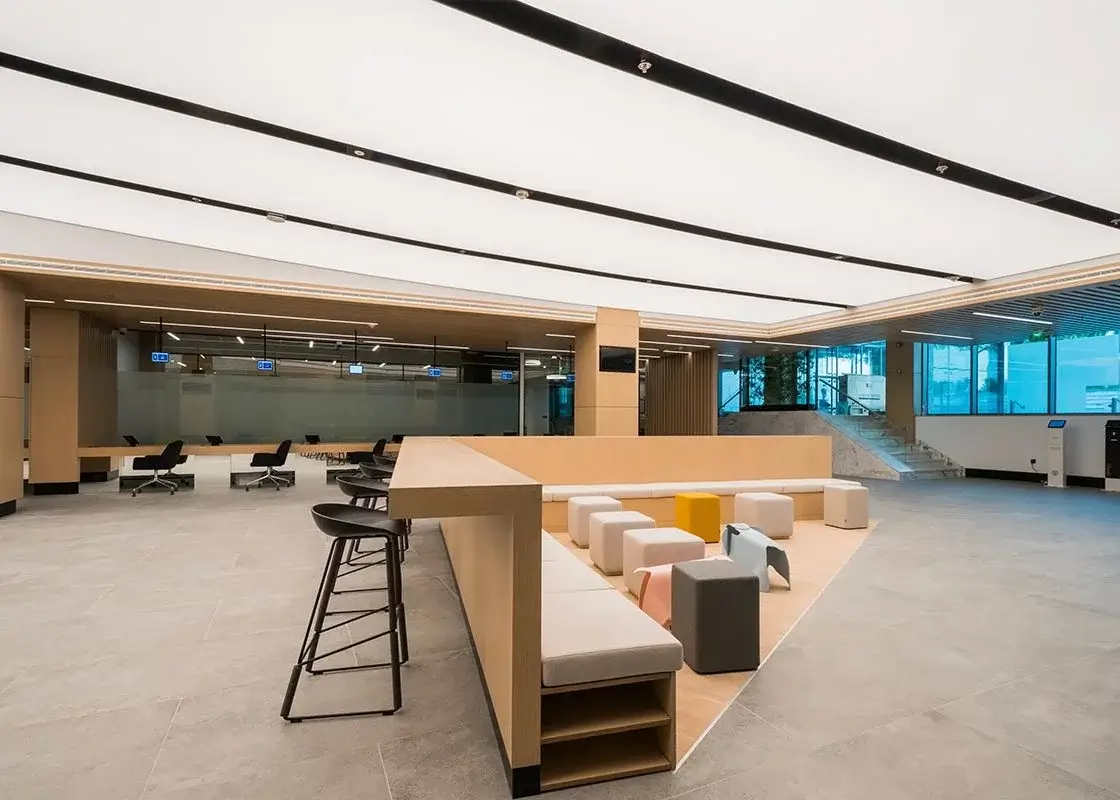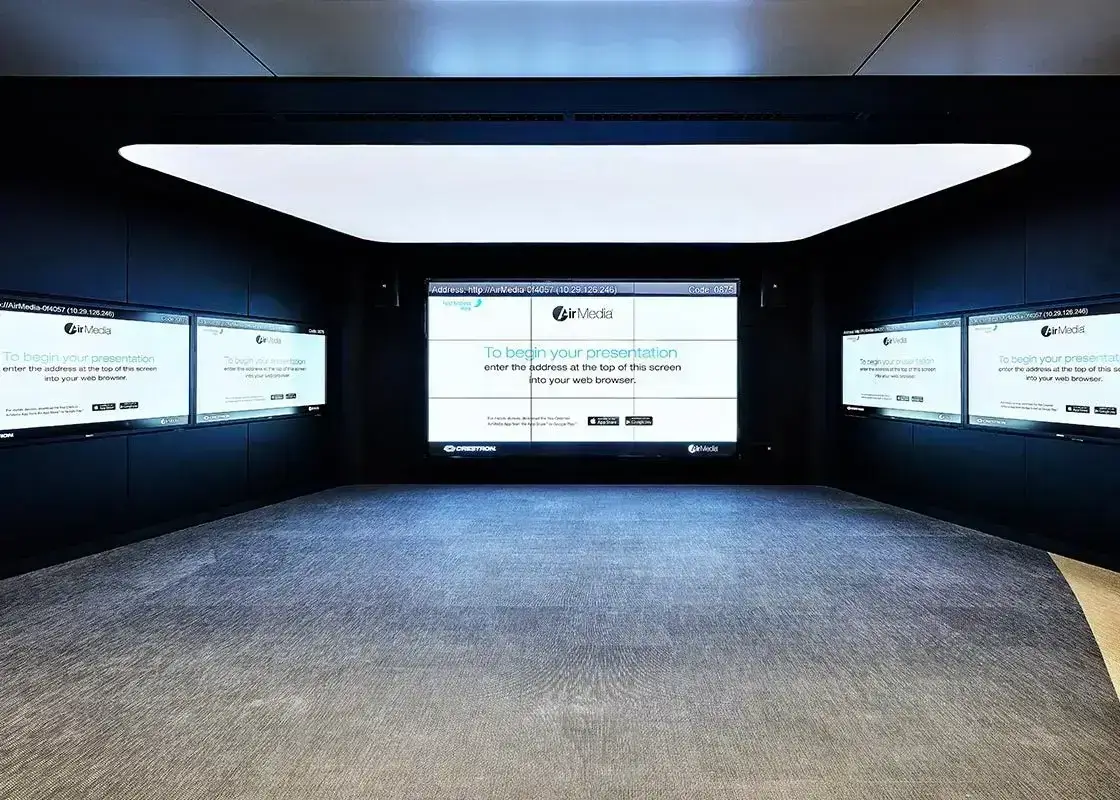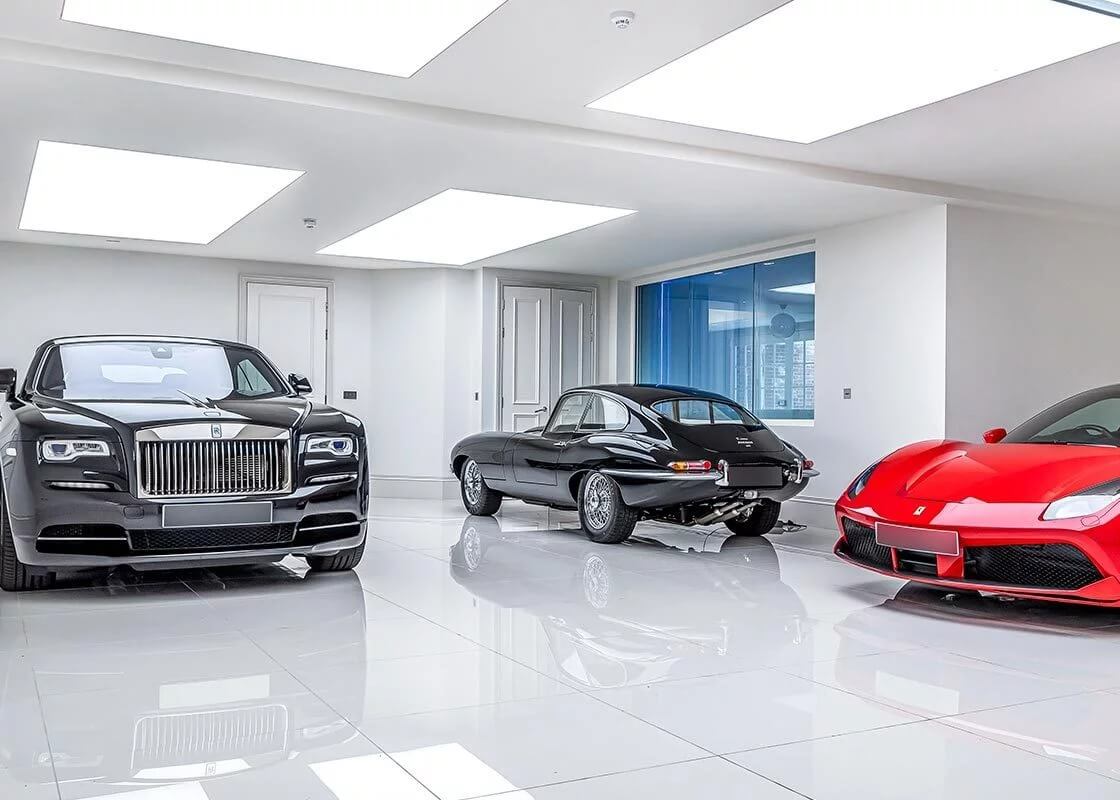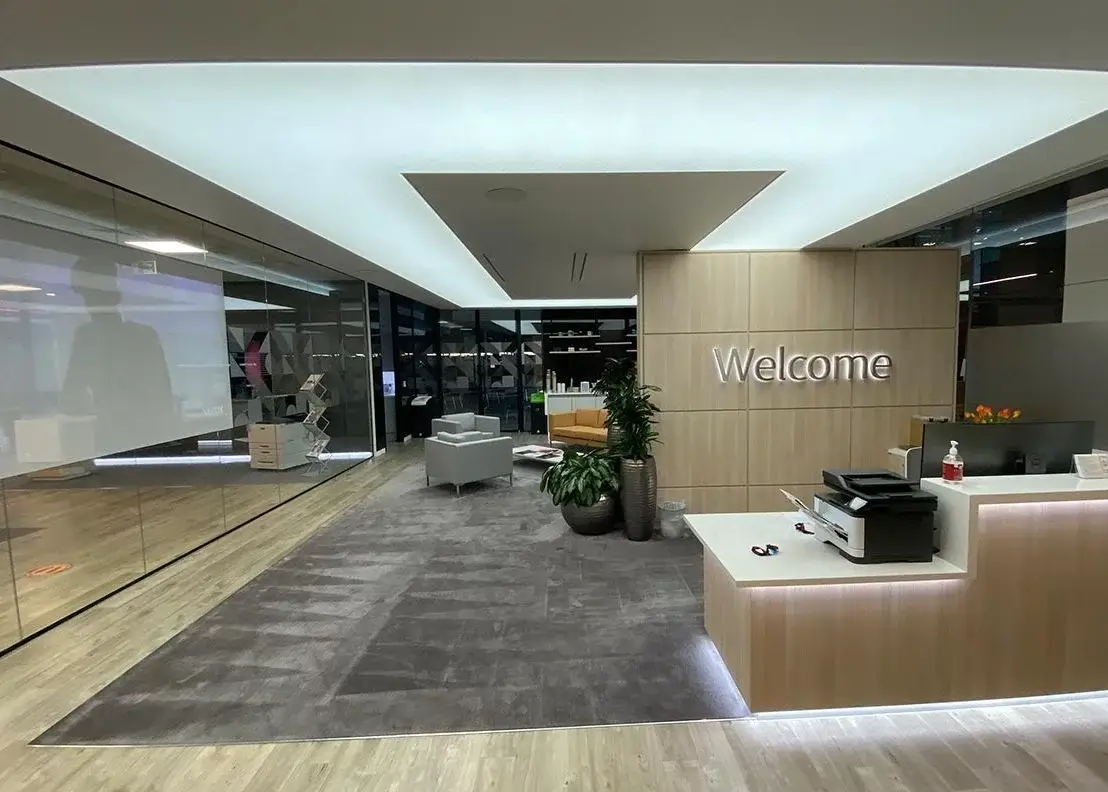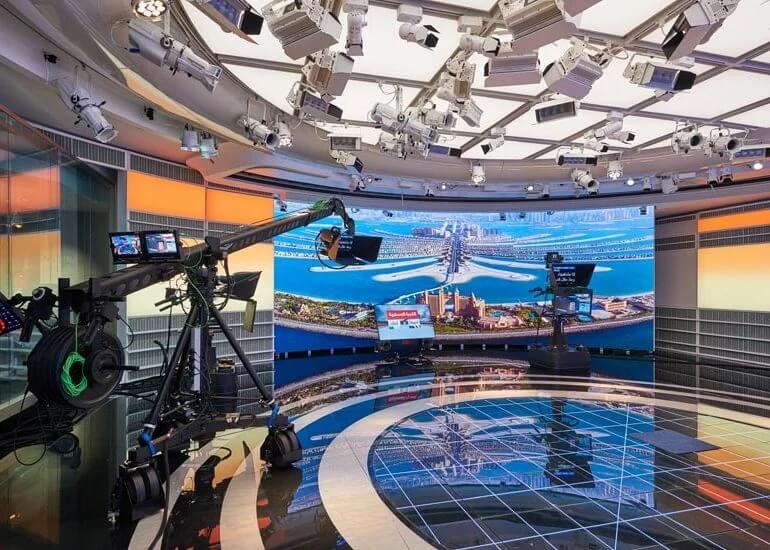Commercial
HUMAN-CENTRIC LIGHTING: PEOPLE AT THE HEART OF LIGHTING DESIGN
Historically, humans spent the majority of their waking time outdoors. However, modern times have seen this completely reversed. But, is this reflected in the way we think about lighting design?
Human-centric lighting design is a transformative approach that aims to change this. It’s a design choice that goes beyond illuminating spaces; as it seeks to enhance well-being, mood, and productivity by aligning commercial lighting with how we operate as humans. In this article, we’ll shed light on this design philosophy and how it can be implemented to impact your commercial space for the better.
Human-centric use of colour
Start by considering the colour temperature of the lighting you choose. Cooler temperatures in the morning simulate the brightness of natural daylight, promoting alertness and productivity. As the day progresses, gradually transitioning to warmer tones replicates the calming hues of sunset, signalling to our bodies that it’s time to wind down. This dynamic approach not only supports productivity but also contributes to a healthier work-life balance.
Using task lighting to separate areas for high-concentration
Keeping task-specific and calming lighting separate is another key element of human-centric lighting design. Tailoring the intensity and direction of light to different areas of a workspace ensures optimal conditions for specific activities. Bright, focused lighting in work zones fosters concentration, while softer, ambient lighting in break areas encourages relaxation and social interaction. Striking the right balance creates a dynamic environment that adapts to the diverse needs of individuals throughout the day.
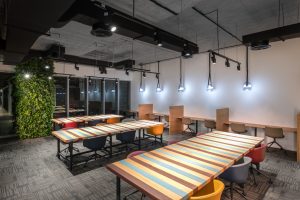
Incorporating adaptability
Consider integrating smart lighting systems that can be programmed to adjust colour temperature and intensity automatically. This not only simplifies the management of lighting but also ensures a seamless transition aligned with the natural rhythm of the day. Incorporating sensors to detect occupancy and natural light levels allows for real-time adjustments, enhancing energy efficiency and overall comfort.
Choosing not to neglect nature
Moreover, the impact of lighting extends beyond the workday. Incorporating elements of biophilic design, such as bringing in natural elements and views, complements human-centric lighting. Exposure to natural light and greenery has been linked to improved mood, reduced stress, and increased creativity.
Human-centric lighting design with No Grey Area
By seamlessly integrating these elements, commercial spaces can become more holistic environments that support the well-being of occupants. At No Grey Area, we recognise that human-centric lighting design is not just a trend but a fundamental shift in how we approach the illumination of commercial spaces. By understanding and incorporating the principles of human comfort through the use of colour, task-specific lighting and biophilic design, we can create environments that not only boost productivity but also prioritise the well-being of those who inhabit these spaces.
At No Grey Area, we illuminate intelligently. Contact our team to bring your project to life.
